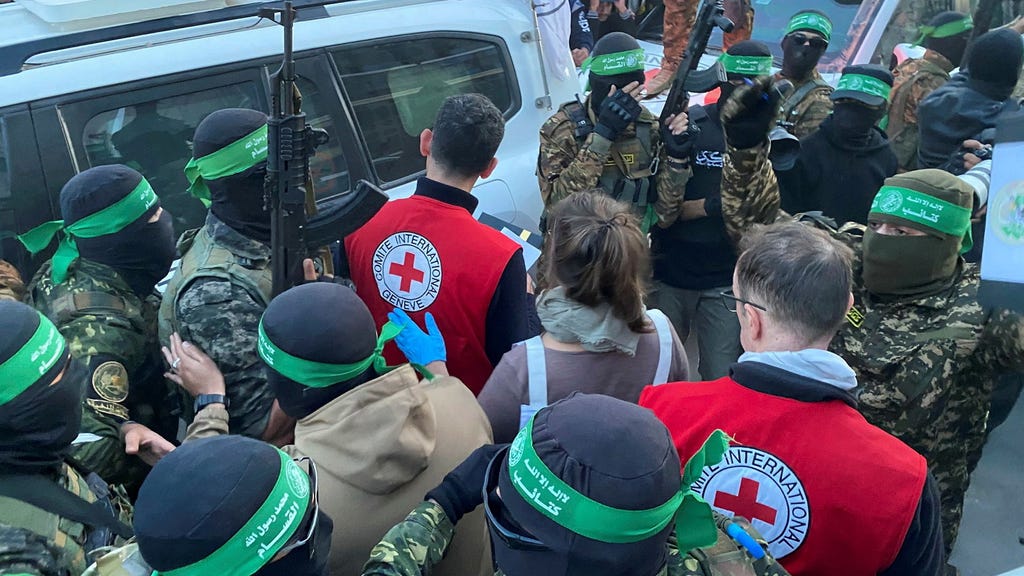The Divided Voice of Gaza: Reactions to the Ceasefire
The recent ceasefire between Israel and Hamas has brought a fragile peace to the Gaza Strip after weeks of intense conflict. However, the agreement has been met with mixed reactions from the Palestinian population, reflecting a deep division within Gaza and the complexities of the ongoing situation. While some express relief at the cessation of hostilities, others voice frustration, disillusionment, and a profound sense of loss. This division highlights the challenging path towards a lasting peace and the urgent need for a solution that addresses the root causes of the conflict. Omar Abd Rabbo, a Palestinian blogger who lost two brothers in an Israeli attack last year, exemplifies this complex sentiment. While acknowledging the positive aspects of the ceasefire, particularly the promise of improved humanitarian conditions, he expresses deep concern that Hamas’ continued rule in Gaza perpetuates the cycle of violence. For him, the ceasefire represents not a victory, but a devastating loss for all involved, hindering the possibility of a Palestinian state.
Abd Rabbo’s perspective underscores a pervasive feeling among many Gazans that Hamas’ actions have led to immense suffering and destruction. The conflict has exacted a heavy toll on the already struggling population, further exacerbating the humanitarian crisis in the region. While some Hamas supporters celebrated the ceasefire and the display of their military strength, many others questioned the rationale behind such celebrations in the face of such widespread devastation. The conflicting narratives highlight the deep societal fractures within Gaza, where the dominance of Hamas has created a polarized environment. The disillusionment expressed by some Gazans signifies a growing unease with Hamas’ leadership and a yearning for a different path forward.
The public display of Hamas’ military strength, including armed parades and the showcasing of captured Israeli hostages, further complicates the situation. While intended to project an image of resilience and power, these actions have been met with criticism from within Gaza. Some residents question the wisdom of such displays in the context of widespread destruction and suffering. The criticism directed at those celebrating Hamas’ show of force underscores the profound sense of loss and frustration felt by many Gazans. The contrast between the celebratory displays and the grim reality of the situation on the ground further exposes the disconnect between Hamas’ rhetoric and the lived experiences of the people in Gaza.
Hussein Abdel Jawad, a photojournalist in Gaza, echoes Abd Rabbo’s sentiments, expressing disappointment with the terms of the ceasefire. He believes that the agreement has yielded less than what Gaza had before the conflict erupted, characterizing Hamas’ promises of liberation as empty rhetoric. Jawad’s perspective reflects the disillusionment felt by many who had hoped for a more decisive outcome that would address the underlying issues fueling the conflict. He calls for the Palestinian Authority to assume control of Gaza, ending what he describes as 17 years of chaos under Hamas rule. He emphasizes the need for international intervention to facilitate Hamas’ departure and pave the way for the establishment of a Palestinian state.
The diverging reactions to the ceasefire highlight a critical juncture in the Israeli-Palestinian conflict. The widespread destruction and loss of life in Gaza have fueled a growing sense of urgency for a lasting solution. The voices of those critical of Hamas, like Abd Rabbo and Jawad, represent a significant segment of the Gazan population who yearn for an alternative to the current status quo. Their perspectives underscore the need for a comprehensive approach that addresses not only the immediate humanitarian crisis but also the underlying political and security concerns that perpetuate the cycle of violence.
The ceasefire offers a window of opportunity for dialogue and negotiation, a chance to break free from the entrenched patterns of conflict. However, achieving a lasting peace will require a fundamental shift in the political landscape, addressing the root causes of the conflict and creating a path towards a viable two-state solution. The voices of those within Gaza, expressing their hopes and frustrations, must be central to this process. The international community has a crucial role to play in facilitating meaningful dialogue and providing support for the reconstruction and development of Gaza, creating an environment where peace and stability can finally take root. The challenge now is to seize this opportunity and forge a path towards a future where both Israelis and Palestinians can live in security and dignity.














